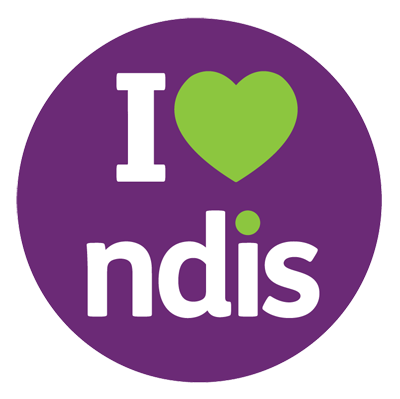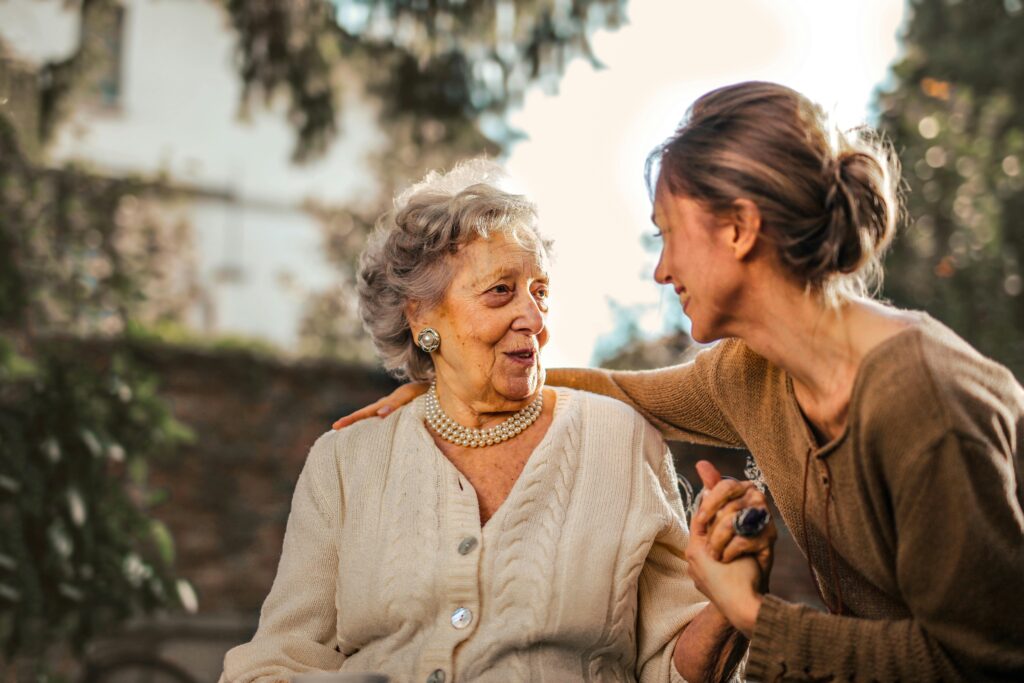Caring for a person who needs support with daily living can be a deeply fulfilling experience, but it also comes with its set of challenges, particularly physical strain. Whether you’re helping a family member with mobility issues or providing care for a patient with a chronic condition, it’s vital to have the right tools and aids to ease the physical demands on caregivers. Here’s a rundown of essential equipment designed to reduce physical strain and make daily care more manageable.
Hoists and Lifts
Hoists and patient transfer aids are invaluable for transferring individuals safely and comfortably. They significantly reduce the risk of injury for both the caregiver and the person being cared for. Here’s a look at some common types:
- Mobile Hoists: These are versatile and can be moved from room to room. They feature a sling that supports the individual during transfers. Mobile hoists are especially useful for caregivers who need to assist with lifting and moving regularly.
- Ceiling Hoists: Installed on tracks mounted in the ceiling, these lifts are excellent for minimizing manual lifting. They are particularly useful in homes where space is limited, as they do not require a large footprint and can help transfer individuals from bed to wheelchair or to the bathroom.
- Sit-to-Stand Lifts: These lifts assist individuals in transitioning from a seated to a standing position. They are ideal for people who have some mobility but need help to stand up or sit down safely. There are electric or manual versions of these types of aids.
- Transfer Boards: Whilst different from hoists and lifts, transfer boards are also designed to assist in moving someone from one surface to another, such as from a bed to a wheelchair. They help facilitate smooth, controlled transfers and reduce the physical effort required by the caregiver.
Bathroom and Toilet Aids
The bathroom can present a number of challenges for caregivers, but with the right aids, you can make these daily tasks easier and safer. Here are some key items:
- Grab Bars: Installing grab bars or rails near the toilet, in the shower, and by the sink can provide crucial support and stability. They help prevent slips and falls, giving both the caregiver and the person being cared for extra security.
- Raised Toilet Seats: These are particularly helpful for individuals who have difficulty bending or rising from a standard toilet. Raised toilet seats reduce the need for excessive bending and can make toileting tasks more comfortable.
- Shower Chairs and Stools: A shower chair or stool can make bathing safer and more comfortable for individuals with limited mobility. They provide a stable place to sit while showering and can help prevent falls.
- Handheld Shower Heads: A handheld shower head allows the person being cared for to be bathed while seated, which can be more comfortable and less physically demanding for both the caregiver and the individual.
- Mobile Commodes: For people who need assistance with bathing and toileting, mobile commodes provide a dignified and simple way to achieve this for both users and caregivers. The ability to maneuver the mobile commode means that a person can be assisted onto the commode before being transferred to the bathroom for hygiene care.
Mobility Aids
Mobility aids are essential for supporting individuals with difficulty walking or standing. They can also help reduce the physical strain on caregivers:
- Walkers and Rollators: Walkers provide support for individuals who need assistance with balance and stability while walking. Rollators, which come with wheels, make it easier to move around without needing to lift the device.
- Wheelchairs: Wheelchairs come in various styles, from manual to powered. They enable individuals to move more independently and can be a significant aid for caregivers by reducing the need for lifting and physical support.
4. Ergonomic Aids
In addition to specialised equipment, ergonomic aids can make a big difference in reducing physical strain:
- Adjustable Beds: These beds allow for adjusting the head and foot positions, making it easier to assist with activities such as eating or reading while minimising the need for lifting and repositioning.
- Walking Belts: These belts are wrapped around a user’s waist and secured with velcro and/or nylon buckles. These aids allow caregivers to assist a person to stand and provide support whilst they walk from one location to another.
Investing in the right tools and aids is essential for supporting caregivers and ensuring the safety and comfort of those in their care. By incorporating hoists, bathroom aids, mobility aids, and ergonomic tools into daily routines, caregivers can reduce physical strain and enhance the quality of care. Remember, the goal is to create a more manageable caregiving experience that benefits both the caregiver and the individual receiving care.
Photo by Andrea Piacquadio: https://www.pexels.com/photo/joyful-adult-daughter-greeting-happy-surprised-senior-mother-in-garden-3768131/


